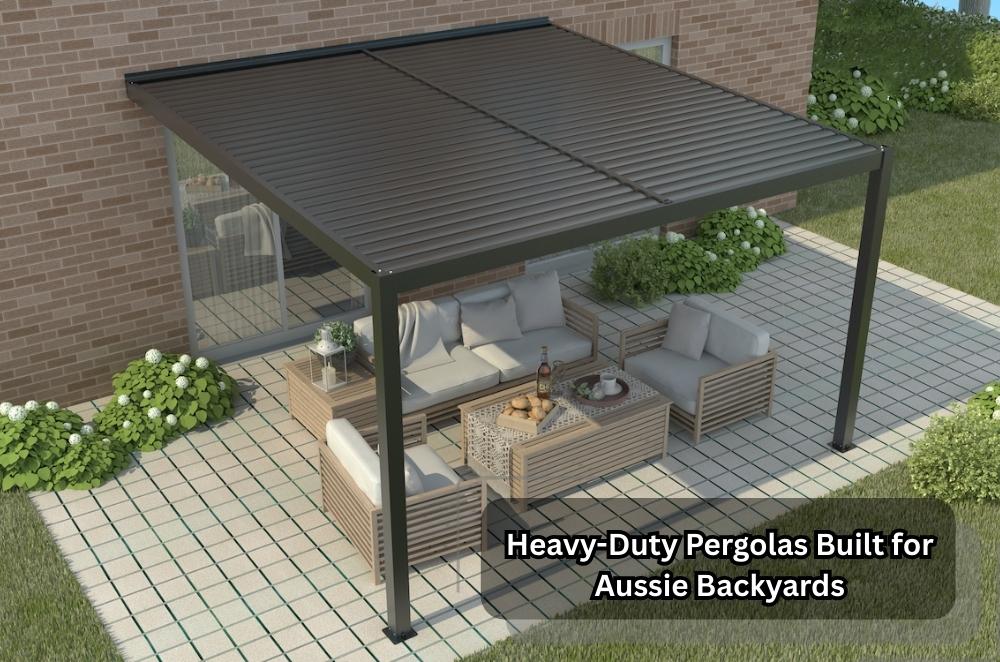Heavy-Duty Pergolas Built for Aussie Backyards

Backyards earn their keep when they’re comfortable, shaded, and easy on the eye. That’s where a well-designed pergola comes in. It frames the garden, cools the harshest afternoons, and gives weekend lunches a proper home. For anyone comparing options from leading Australian pergola builders, the brief is simple: build something sturdy, scaled to the site, and good-looking without trying too hard.
Why pergolas matter
A pergola changes how a yard works. It can draw the kitchen outdoors, create a quieter nook away from the pool, or set up a breezy spot for morning coffee. We’ve seen small terraces feel bigger overnight, purely because the overhead structure gives shape and purpose. Add climbing natives or a retractable cover, and suddenly the place earns year-round use.
• Extends outdoor time through hot summers
• Creates shade without boxing in light or views
• Lifts resale appeal with modest spend
Design choices do the heavy lifting. Orientation decides how the sun lands. Gaps between battens control dappled light. Height sets the mood—too tall feels spindly; too low, cramped. Timber brings warmth but needs oiling. Aluminium shrugs off the weather. Steel works for span and a crisp profile. None of this is guesswork; it’s a few smart calls made early.
We often start with compact ideas that still feel generous, drawing on smart small pergola design. Tight blocks, townhouses, side courtyards—these all benefit from shade-first thinking. Keep posts out of traffic lines, let airflow do its job, and plan lighting so weeknights don’t end with torches and mozzie coils.
Choosing who builds it matters just as much as the sketch. A good operator will talk about site fall, drainage, and footings before finishing. They’ll check local rules, size the members properly, and keep fixings neat, because stainless screws and tidy welds are what you’ll stare at every day. Ask to see jobs six or twelve months old; weather reveals shortcuts. Also ask about provisions for add-ons: side screens, heaters, or future louvres. Even if you don’t install them now, get the wiring and structure ready so you’re not undoing work later.
There’s also the liveability kit we rate: motorised louvres to chase shade without losing winter sun; polycarbonate where rain protection matters; shade cloth for softer light; and climbing plants to cool things naturally. For households that host a lot, consider a built-in bench along one edge—storage underneath, cushions on top, instant seating without dragging chairs across the pavers.
If you’re mapping out options, choosing the right pergola is handy for weighing materials, roof styles, and budget ranges. As you read, walk through your day, including school runs, pets, and weekend lunches, and note what the structure needs to do at each moment. That list becomes your design brief.
In the end, a pergola isn’t showy. Its background, like a good verandah, just works. Shade when summer bites. Dry spot when a southerly blows through. A place for fairy lights, herbs, and the esky. Built with care, it’ll outlast trends and keep pulling its weight long after the novelty wears off. That’s money well spent, and a backyard that finally makes sense.






